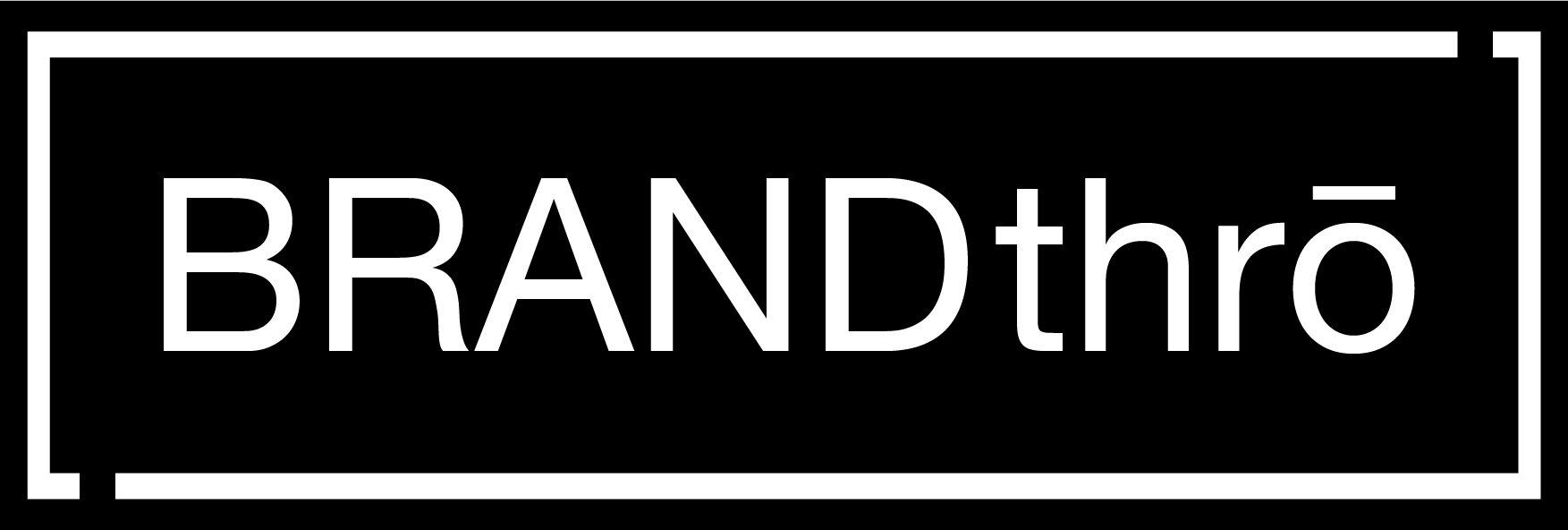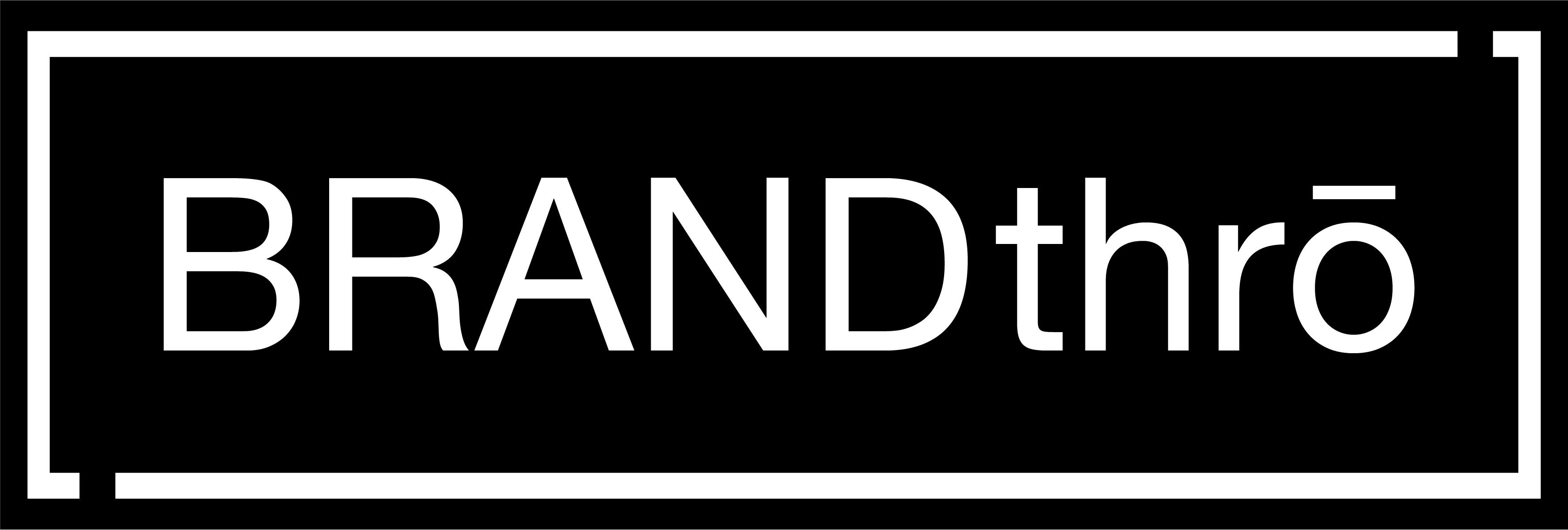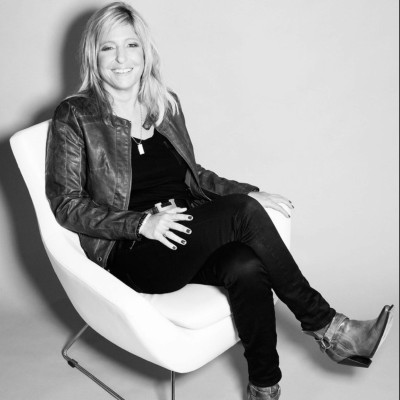Our Conversation with BNY Mellon Wealth Management’s Kirti Naik
More than ever before, as marketing continues to be at the forefront of digital transformation, the function must work aggressively to pivot from being a cost center to a true driver of growth. To do this, many critical organizational shifts need to take place ranging from cultural changes, to insights infrastructure build outs that drive better measurement, to tighter alignment across different functional roles in the C-Suite.

A Conversation With: BNY Mellon Wealth Management’s Kirti Naik on Growth-Oriented Digital Transformation + the Importance of Data-led Alliances
With this all in mind, I wanted to speak to a digital innovator known for data-led transformation strategies that instigate growth. I recently spoke with Kirti Naik, Global Head of Marketing & Communications of BNY Mellon Wealth Management. She is a digital marketing pioneer and growth strategist with years of experience at leading financial brands such as OppenheimerFunds (now Invesco), Russell Investments and Citibank. We spoke about everything from marketing’s ever evolving landscape, to the need to always identify ways to help grow the business, even after benchmarks are achieved. Following is a recap of our conversation:
Billee Howard: Great to be speaking with you Kirti.You are a year plus into stepping into your role of driving digital transformation at BNY Mellon Wealth Management. Tell me about your journey and the process that drove it, please.
Kirti Naik: First of all, thank you for inviting me and our brand to have this discussion. I joined during a very complex time period. The pandemic had really just taken over the world and the U.S. market, and I started in July of 2020. Our company was going through a major transformation at that point and the role of marketing very quickly became quite relevant to the organization in terms of Wealth Management. As an industry, it’s all about high touch premium experiences. It’s all about how we interact with one another in person. Marketing before the pandemic arrived was really viewed as a service and a support function. When I joined, we had just started to pivot to virtual events, figuring out how to best do it, how to implement it, and how do we get clients engaged in it? Because events were really the core to what marketing did to support the wealth management business, the question obviously was how can that be online?
I quickly read the situation and saw that we weren’t really taking advantage of all the different channels that are available to marketing in order to add value. We not only pivoted to virtual events, but we really also had to look at this new proprietary framework and platform that was being deployed to the market called ‘Active Wealth.’ It’s all about applying the right framework in order to build, sustain and grow your wealth strategy. It’s really important because there are five key practices to the process: investing, borrowing, spending, managing your taxes, and fees. Also, how do you protect your assets and legacy? I was looking at this framework and thought It’s great that we’re pivoting to virtual events as this is a terrific platform for us to do this. But, how do we actually get in front of our clients and educate them? We really shifted our entire strategy from being much more of an on-demand collateral center, to a digital experience that allows us to help customers identify the key strategies that are going to help move business forward.
Howard: You and I recently talked about best practices for CMO/CTO alignment and building an organization that is data-led. In fact, you mentioned you formed a close relationship with your CTO on your first day. Tell me more.
Naik: I come from a digital marketing background. I was doing digital before it was even seen as a table stakes requirement in most brands. Because of my history, it was really important for me to walk in day one and identify who are the people that are driving this company forward in terms of data, technology, information and data gathering. I really integrated myself into the processes that my CTO and CIO were building for wealth. I knew immediately that I wanted marketing to partner with them to first and foremost, elevate what they were doing already, but then also work to identify solutions to drive the business forward.
It was really important that marketing was not working in a vacuum, and I spent many weeks with them, not only from an operational and financial standpoint, but a collaborative one, that would allow us to work together to have quick wins in the short term, but then also build a strategy for the long term. Within the first three months of me joining and aligning myself with the right digital and technology constituents, we were able to build a business case for investment in marketing technology, as well as get the right kind of support structure in place so that I could start to pivot our organization to absorb digital. You can’t do this alone as marketing, you need the help of operations and technology to implement on your ideas. We’ve actually expanded that remit tenfold this year and are now working hand-in-hand with the same constituents to build towards 2022 and beyond.
Howard: That is a great answer, and I think it will be very instructive because many people are struggling with a lot of what you’re talking about. With that in mind, I would love your perspective on another current big challenge: going from personalized, to individualized, in a way that scales commercial intimacy. Can you tell me your thoughts about that?
Naik: If any segment requires individualization, it is the ultra-high net worth segment. These are very, very important investors in our marketplace. These are people who are driving companies, creating jobs, donating to charity, launching and giving grants to those who need it. It’s a really important population that we not only serve but also partner with in different capacities. We have to be very careful and judicious in our process and approach to ensure that we are always very delicate and surgical in how we promote ourselves and our offerings. Digital is allowing us to do that in a very concerted and scalable fashion. Now what I mean by that is it’s not about us going out and just placing banner ads all over the internet or blasting emails for no reason.
It is really about taking elements of behavioral targeting and having that data collected in a meaningful way. It’s about applying some of those elements of algorithm-based data and then really identifying overlapping needs of these constituents and personas. We also partner very closely with sales. The way we’ve done it is really to partner closely with the client facing strategist, the wealth managers, complementing them to help them open the door to create meaningful interactions. That’s where I think the power comes in. It’s not in micro segmentation, or the spray and pray model. There is a balance needed between the two to approach your clients so it’s truly personalized and they feel like we can advise them on what they need the most, at the right time.
Howard: Lastly, we spoke about marketing moving from a cost center to a driver of hypergrowth. Talk to me about best practices around this idea, particularly as you’ve used marketing to bring in a large amount of assets since stepping into your role.
Naik: I think marketing has always been seen as a complement to driving visibility, generally speaking, and specifically the wealth management industry has been going through a massive transformation, as a sector of the larger financial services industry. Wealth management firms have to be able to embrace new age competencies. Those include technology, social dynamics, new ecosystem players and even the rise of different digital channels and assets. We’ve got to understand that the investor population is changing rapidly. We’ve got the baby boomers and the Gen Xers, but now we’ve also got the millennials and Gen Zers. All of them have distinct needs. Yes, it’s essential that we truly understand who we’re talking to and what we want to market to them. Frankly, marketing should be one of the most powerful business levers to drive measurable hyper growth.
To achieve that vision, we have started to identify mechanisms for number one, measuring the efficacy of what we do always. That’s the first rule of thumb that I have brought into every organization. You have to prove your value and you do it by driving strategy. Number two, how do you equip the field, the sales teams with new opportunities? It absolutely must always be about that piece of it. People have often told me that in B2B, marketing can’t drive leads. That’s ridiculous. Yes, we should be helping you with all the tools you need, your different collateral, but marketing should be doing so much more than that. I do think it’s upon us as marketers to figure out how do we create demand. Number three, I think it comes down to client experience. We have to empower the client facing folks and really elevate the value of online experiences. Therefore, we should always be thinking about how do we leverage traditional owned, earned digital, all the different channels that are at our disposable to drive the optimal client experience.
At BNY Mellon Wealth Management, a recent and powerful example I can share in demonstrating how we leveraged all these channels is the launch of our Active Wealth Accelerator. It is a commercially available, interactive, educational and immersive platform. The Active Wealth Accelerator is a mobile and desktop experience, easily sharable via QR code and targeted to prospective clients to help them assess their wealth strategy through a series of 15 questions tied to our five Active Wealth practices. Based on the answers, a customized recommendation is presented, showcasing the investor’s strengths and opportunities across Active Wealth, and promotes corresponding content to help unlock their financial potential. The value of the tool is it helps individuals have a better understanding of their wealth needs, along with how to ask the right questions of themselves and advisors at the end of the day.





